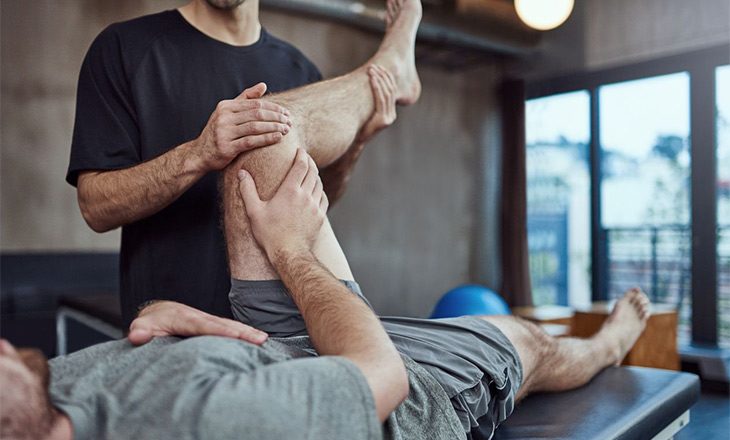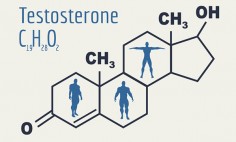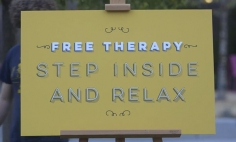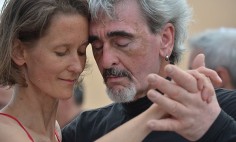Nerve pain, also referred to as neuropathic pain or neuralgia, occurs when a health issue affects nerves that carry sensation to the brain. This kind of pain feels different from other types. Some may experience a stabbing pain in the middle of the night, while others may have chronic tingling or burning felt throughout the day. According to a 2017 study, among those who reported at least some pain in the previous year, 15.7 percent likely had a syndrome that included a neuropathic component.
While medicine can relieve nerve pain temporarily, it’s essential to treat the compressed nerves carefully to alleviate and prevent further injury. Mountain Top physical therapy or another physical therapy facility is often the quickest and most effective option for healing. Therapists provide guided exercise to treat painful nerve injuries and improve flexibility and muscle strength which are all important aspects of the recovery process. If left untreated, nerve pain can become worse.
Some of the techniques in physiotherapy that may be used to help nerve pain include the following.

Yoga and Pilates
Your physical therapist is likely to design a plan that includes improving coordination and balance, which nerve issues often affect. Both yoga and Pilates exercises may be prescribed to help build muscle strength and improve flexibility while taking pressure off the nerves. These practices also help to improve posture, and poor posture can worsen nerve pain.
Nerve Gliding
Space, movement, and blood are essential for the proper functioning of nerves which is why activities that move and “glide” the nerves can often be effective for managing nerve pain while promoting healing at the same time. During physical therapy, the therapist will likely show you the most effective exercises for moving and gliding your nerves.
TENS
A TENS machine is only about the size of an iPad mini. It’s linked to a series of electrodes that are put onto the skin to deliver a low voltage electrical charge. These electrical pulses trigger nerve fibers that are in the area where the pain is experienced. They reduce pain signals to your brain and may also cause the body to release natural hormones, further lowering pain levels. A physical therapist may use this machine as part of your treatment during an appointment, and you can also get treatments from a machine at home. Certain types of TENs methods have been found to alleviate nerve pain, but it’s important for a professional therapist to show you exactly how to use them.
Targeted Exercises
A physical therapist usually prescribes gentle, targeted exercises to help treat nerve pain, typically performed in 30-minute intervals regularly repeated. The regimen is customized specifically for the patient, with the therapist putting together the best movements and exercises for your particular kind of neuropathic pain.
Education
Physical therapists are teachers too. They educate their patients on how to safely manage their condition. It’s all based on individual needs but is often focused on preventing further complications, finding alternative options for performing certain tasks, and improving safety.















